- Global food insecurity has risen substantially across the world due to extreme weather events, climate change and conflict.
- A new report by IPES-Food shows how territorial markets, which are embedded in the culture of African communities, can increase food security and boost climate resilience.
- According to researchers, territorial markets are more accessible and affordable to low-income populations and are more flexible than supermarkets in providing a diversity of indigenous climate-resilient foods.
- Yet a lack of infrastructure, investment and government support present barriers to territorial markets and their ability to deliver the benefits they can bring
Mongabay- Zimbabwe’s Mbare agricultural market in Harare, the biggest local market in the country’s capital city, opens at 5 a.m. and bustles. Between morning and noon, traders arrive from different parts of the country with more than 100 varieties of vegetables and fruits that need to be sorted for redistribution to other trading markets. In Mbare, prices are decided early in the morning by traders who compare volumes and types of products day by day, depending on the season and climate. Calls, shouts, haggling fill the air. Eye rolls ensue. Prices can change every day.
Charles Dhewa, chief executive officer of Knowledge Transfer Africa (KTA), a rural and agricultural development organization, buys his food from Mbare market. One of the strengths of these local African markets is the large volume and diversity of food they can sell, Dhewa said. Whereas other supermarkets in Harare, for instance, supply only 10 tons of potatoes a day, Mbare market supplies more than 800 tons.
“The more food that comes in, the more people can get nutrition,” he said. “When there’s more food, the prices are also managed, which means low-income people can also afford the food.”
As international agencies around the world continue to sound an alarm over surges in food insecurity, a new report published July 2 says that investing in these “territorial markets” — already embedded in Africa’s cultural fabric — is a solution. These markets can increase self-sufficiency, food security and climate resilience as extreme hunger and malnutrition affect millions, the authors told Mongabay.
For example, Zimbabwe is currently experiencing its worst drought in decades, impacting grain harvests across the country. Already, Russia’s invasion of Ukraine and the impacts on production and imports have increased the prices of certain products. According to Dhewa, in response, farmers in Zimbabwe began to grow more resilient indigenous grains, such as millet, which they could then sell in territorial markets.

Traders unload food items from a truck to be sold in the Mbare Agricultural Market in Harare, Zimbabwe. Photo by: Charles Dhewa.
Territorial markets tend to be closer to home, are largely or fully outside of corporate chains and mainly involve smallholders and other small-scale actors, such as traders, transporters and processors. Everyone in the community can participate in these markets, including farmers across different income levels, backgrounds and ages. Female sellers are also the common, de facto, feature. “By accommodating many farmers and many grades, farmers are able to earn an income and go back and produce,” Dhewa said.
According to the report, published by the Belgium-based International Panel of Experts on Sustainable Food Systems (IPES-Food), the global food system has been unable to deal with disruptions caused by unusual and extreme weather conditions, the COVID-19 pandemic and the Ukraine war. While territorial markets are also affected by climate change, their highly adaptative nature allows them to continue distributing food to communities, or by sourcing food from farmers in unaffected regions.
While Kenya’s arid and semiarid (ASAL) region endured three severe droughts in the last decade, affected populations relied on foods from territorial markets in other regions, said Edward Muiruri Kamiruj, program officer at PELUM Kenya, a network of small-scale farmer organizations. The latest and most severe drought lasted from 2020-22 and led to widespread livelihood losses and the mass displacement of communities.
Related Stories
“Most of the highland regions were still able to produce limited vegetables and tubers that could be ferried by trucks to the markets in the cities and ASAL regions,” he told Mongabay over email. “The territorial markets therefore acted not only as sources of fresh foods but also a lifeline for players in the various value chains.”
The market also allows space for diverse foods that are more resilient to climate change, the researchers said. Supermarkets, because of their interest in exotic varieties of fruit and vegetables and first-grade products — a label that verifies a product has met a certain standard for size, shape, quality and overall market value — there is little interest in indigenous foods, he explained. On the other hand, territorial markets provide more space for indigenous fruits and other diverse seasonal commodities that consumers will not find in supermarkets.
“Territorial markets take all sizes and grades, consistent with the reality that no farmer produces one size only or a single grade, no matter how efficient or mechanized,” Dhewa said.
Where’s the investment?
In May, East Africa experienced weeks of heavy rainfall and flooding that triggered widespread displacement and 473 deaths. Kenya, Tanzania, Ethiopia, Uganda and other countries were hit twice in the same month by record-breaking Indian Ocean cyclones that destroyed infrastructure and crops. However, despite the damage, some farmers discovered that some indigenous crops that like the excessive water (such as rice, millet and okra) grew abundantly. They then packaged them off and sold them to territorial markets.
“We have more than six types of indigenous fruits that don’t do well when there’s too much rainfall,” Dhewa said. “Now, with the El Niño weather phenomenon, we’ve seen so much abundance of these fruits, which can only be sold in territorial markets.”

Zimbabwe’s bustling Mbare Agricultural Market in Harare is the biggest local market in the country’s capital city. Photo by: Charles Dhewa.
For smallholder farmers, the commercialization of indigenous foods comes with many challenges, such as market price volatility due to different vegetable seasons, transporting perishable foods long distances and the opportunistic market behavior that deprives farmers of profits, according to one study. Controlling the illegal wildlife and bushmeat trade in some markets is also a challenge conservationists are trying to tackle.
However, according to the IPES-Food report, investment and government support in territorial markets have been poor. Across the world, 70% of smallholders’ financial needs go unmet, and in Africa, fewer than 10% of smallholders have access to formal credit. Dhewa said many markets lack basic services, such as clean water and sanitation facilities, and do not have adequate storage or refrigeration.
“This affects the quality and the shelf life of some of the commodities,” Dhewa said. “Another challenge is transport. Most of the indigenous food comes from remote areas where there are no roads. It is a big challenge.”
Government investment, like in Cameroon, is more geared toward industrial agriculture than supporting small-scale farming, which ministers say produce too little to feed a growing population and economy. Policymakers then prefer using large-scale commodity infrastructure and global trading to manage the food produced. But this lack of investment in small-scale farming also indirectly affects the viability of territorial markets that are more resistant to global and climate shocks, local food advocates argue.
“It is very clear to all of us now that the world is becoming much more unpredictable,” Million Belay, the general coordinator of the Alliance for Food Sovereignty Africa and member of IPES-Food, told Mongabay. “In Africa, especially, we live with so many uncertainties, so you have to have a system which erases shocks.”
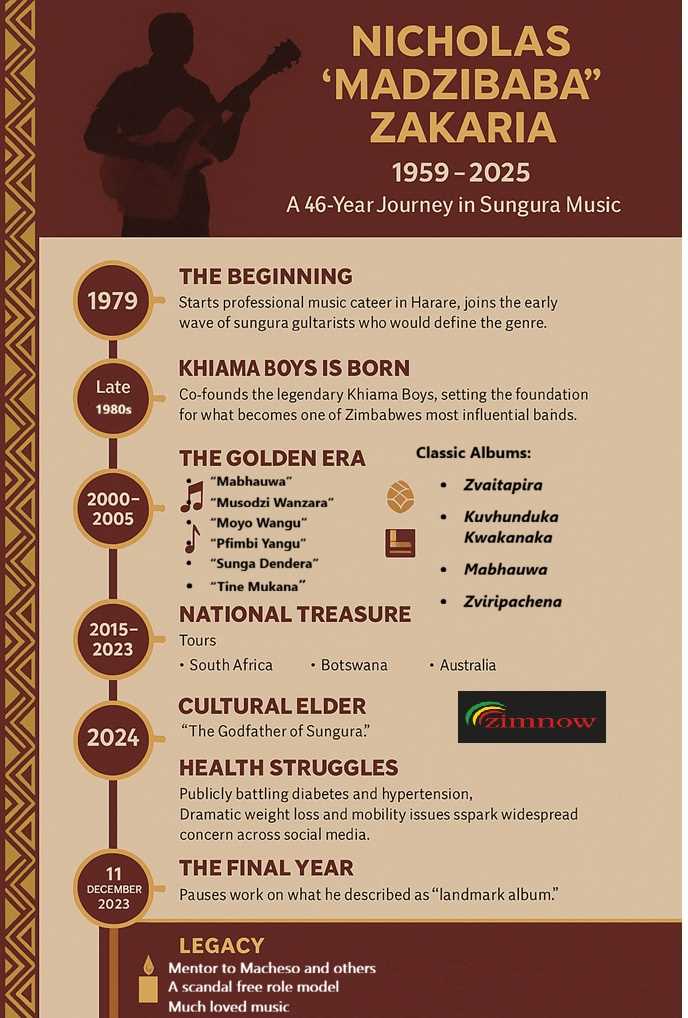

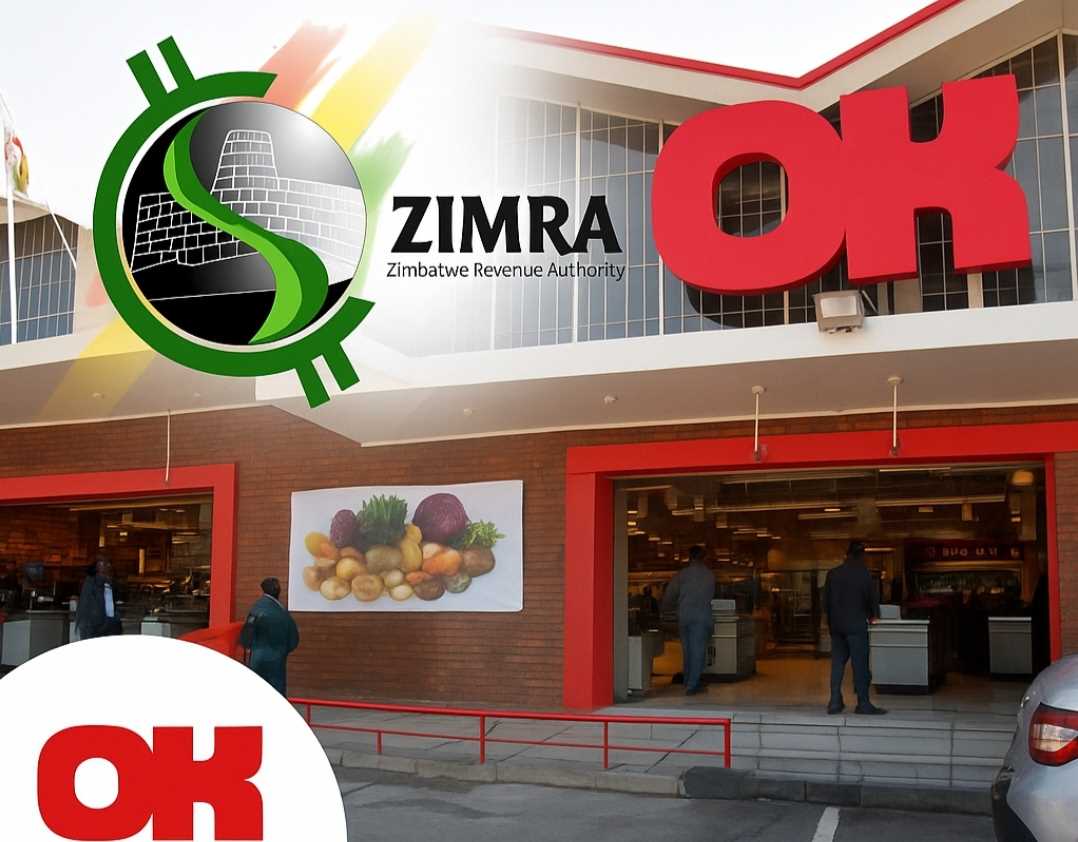
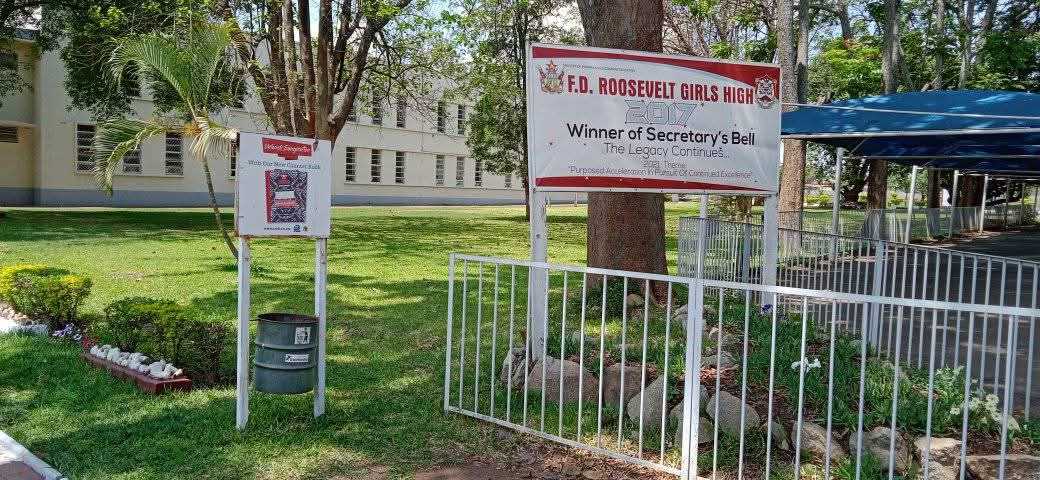







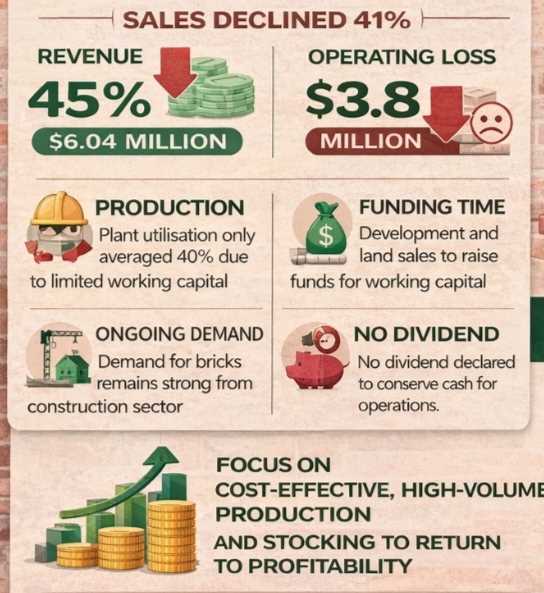
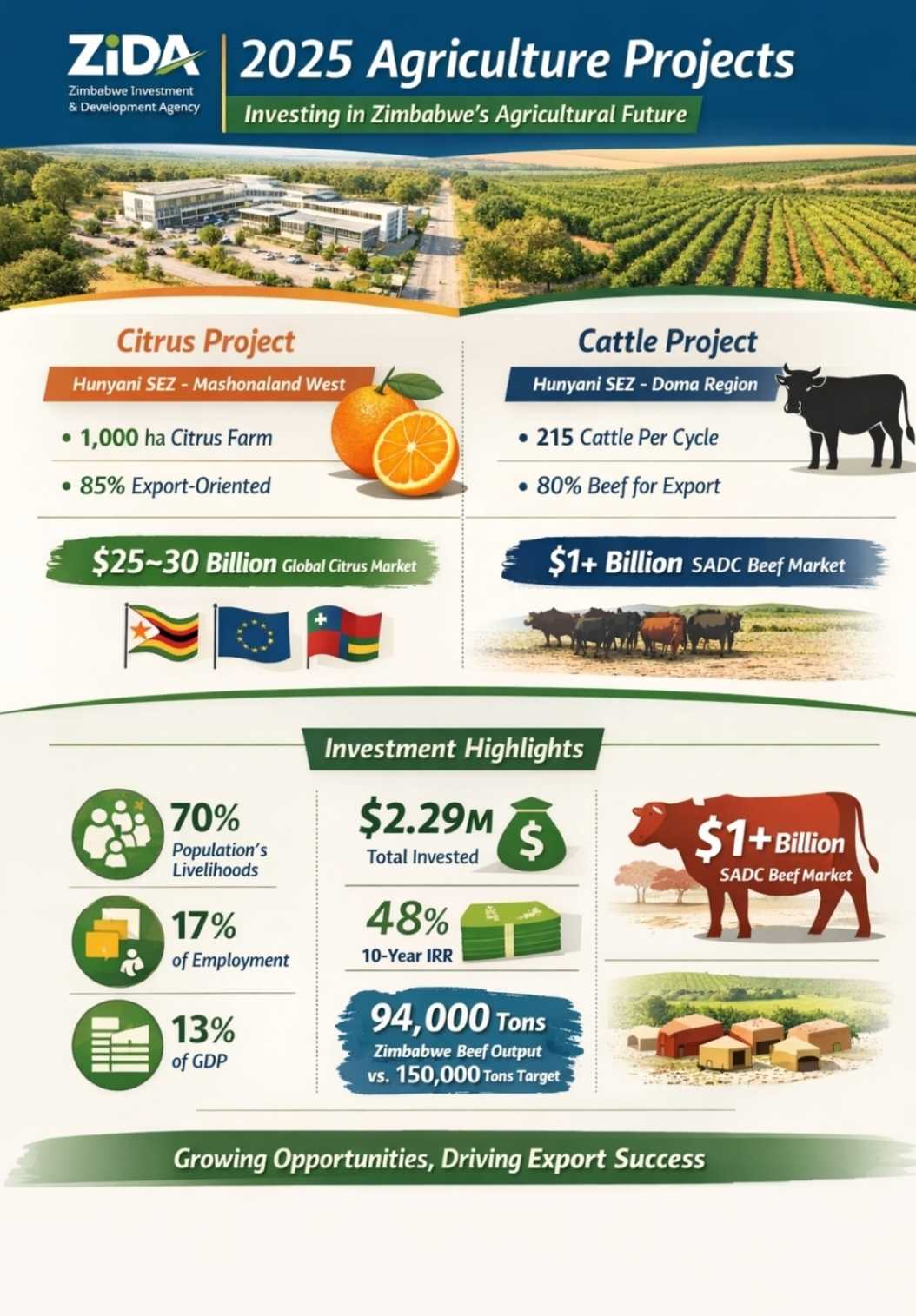

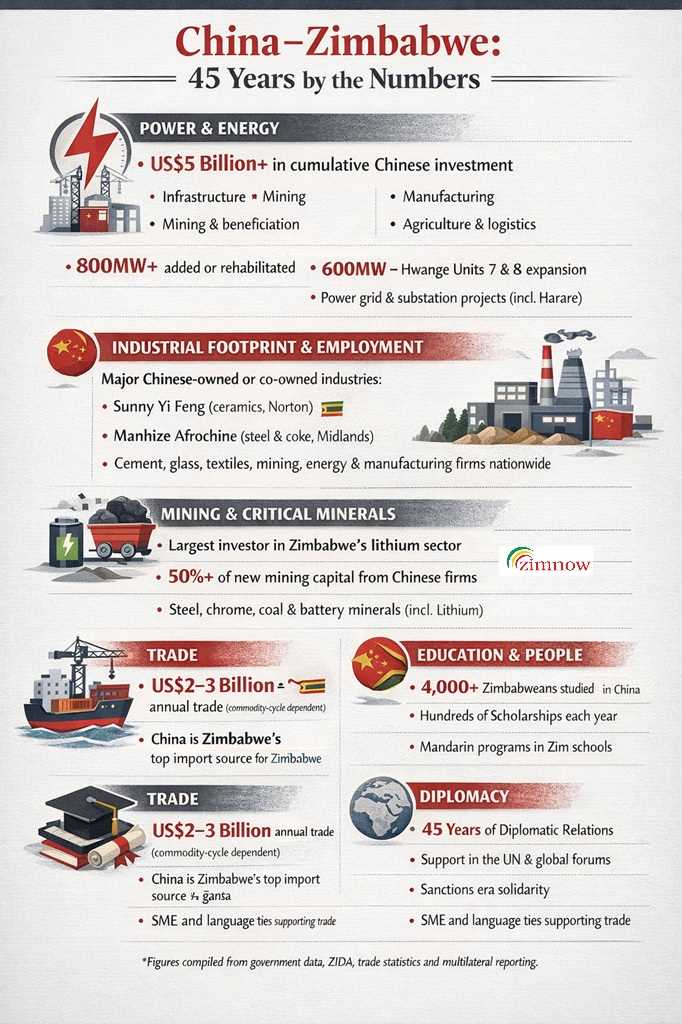





Leave Comments